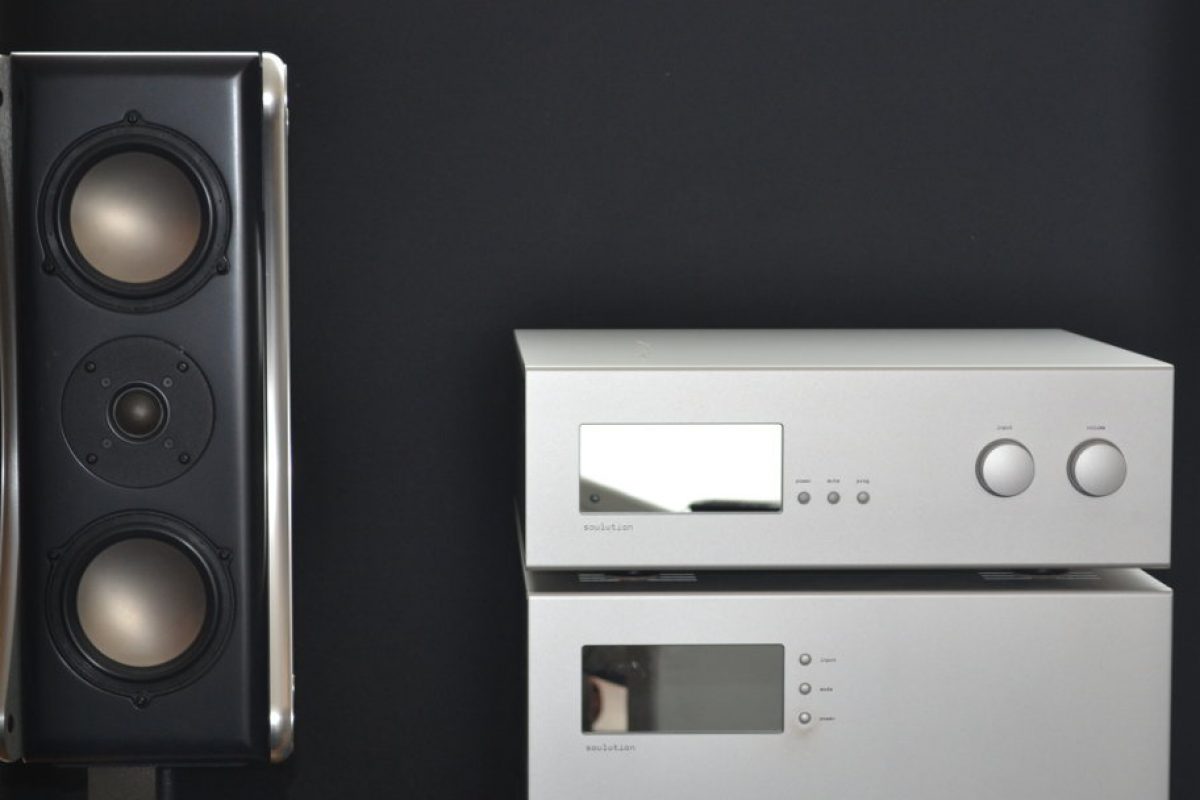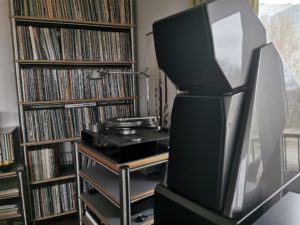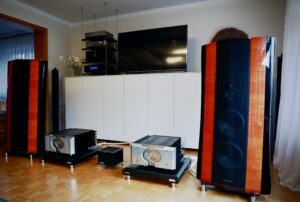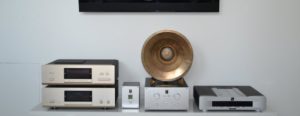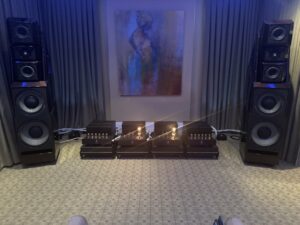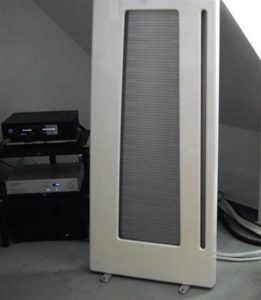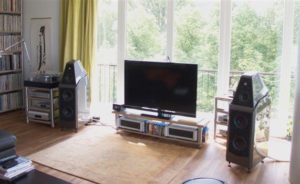Dear Schnerzinger team, using my smaller hi-fi system – a Soulution / Revel combination, which is easily accessible to me – I have listened to the best and most expensive cables of many cable manufacturers from the high end industry during the last 8 months (Nordost, Kimber Select, Silent Wire, In-Akustik, Jorma, Shunyata, HMS, Audioquest, Göbel, Aural Symphonics, Entreq, High Fidelity Cable, Kondo, Harmonix, Acoustic Revive, HB, LessLoss, MIT, Prana, Purist Audio, Siltech, Synergistic Research, Wireworld, Vovox, Kubala, Transparent).
I became aware of Schnerzinger, because in a conversation a renowned hi-fi dealer of this scene strongly advised me not to try Schnerzinger cables, although I had not asked for that. That made me curious and looking back I see that this was really big luck.
Following your advice to necessarily remove all brakes within the existing music system at first – even some dearly won tuning tips which previously were tested to be outstanding will be debunked by your products as only reducing defects but clearly slowing down – your cables stand out by far from all other cables that you can’t believe it if you don’t hear it by yourself. After all limiting products are removed from the audio path; it’s incredible, what even the smaller of your cable series “Reference + Extreme” teases out of my smaller music system. Such a resolution accompanied with absolutely naturalness and freedom of stress in combination with a spatial sound which even may be frightening in the dark with appropriate pieces of music, I haven’t heard anywhere else and not even close. Partially I had to switch on the light again to bring me back to reality. Even my otherwise much better and much more expensive primary system equipped with Nordost Odin2/Valhalla2 now sounds pruned in comparison!
Adding your new Protector products to the system to dejam devices, GRID and room something happens, which gives the term “listening to music” an completely new meaning to me. Deeply touching musicality, realism close to witchcraft, enthusiasm which keeps your feet moving. Your products cause a constant smile in my face!
A nice side effect: The sale of my obsolete cables, filters, singing bowls, anti electro smog products and spatial elements lets the partially very expensive acquisition of the Schnerzinger products appear cost-effective in the end. A small tip at the end: You should publish manuals for your products on your web side, because Protector misadjustments may even lead to drastic performance degradation. So any user can independently and easily do the necessary adjustments.
In deep gratitude
P….. St…..PS: I have just read in the September “BLOG” on the web side of the company “GECOM Messtechnik” (GECOM measurement technology) – there was an interesting article about this company published in the Fidelity magazine -, that they are also very impressed with your products and rate the effect as highly considerable - contrary to many voodoo products. You probably may not know the article, so I attach the link: https://www.www.gecom-technologies.com/blog/ (This article is in German language)
(Translated from the German original)
— P. St. —

